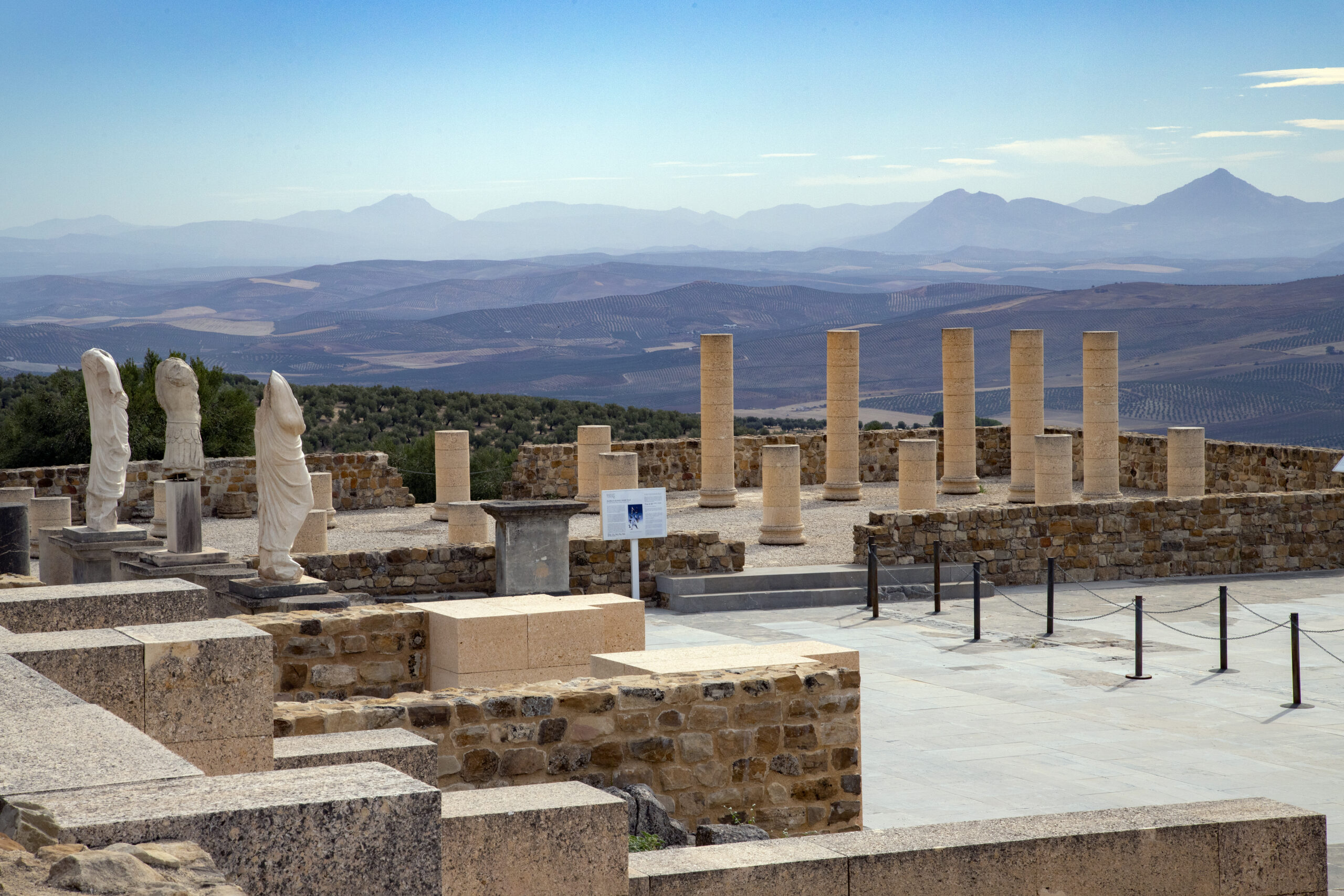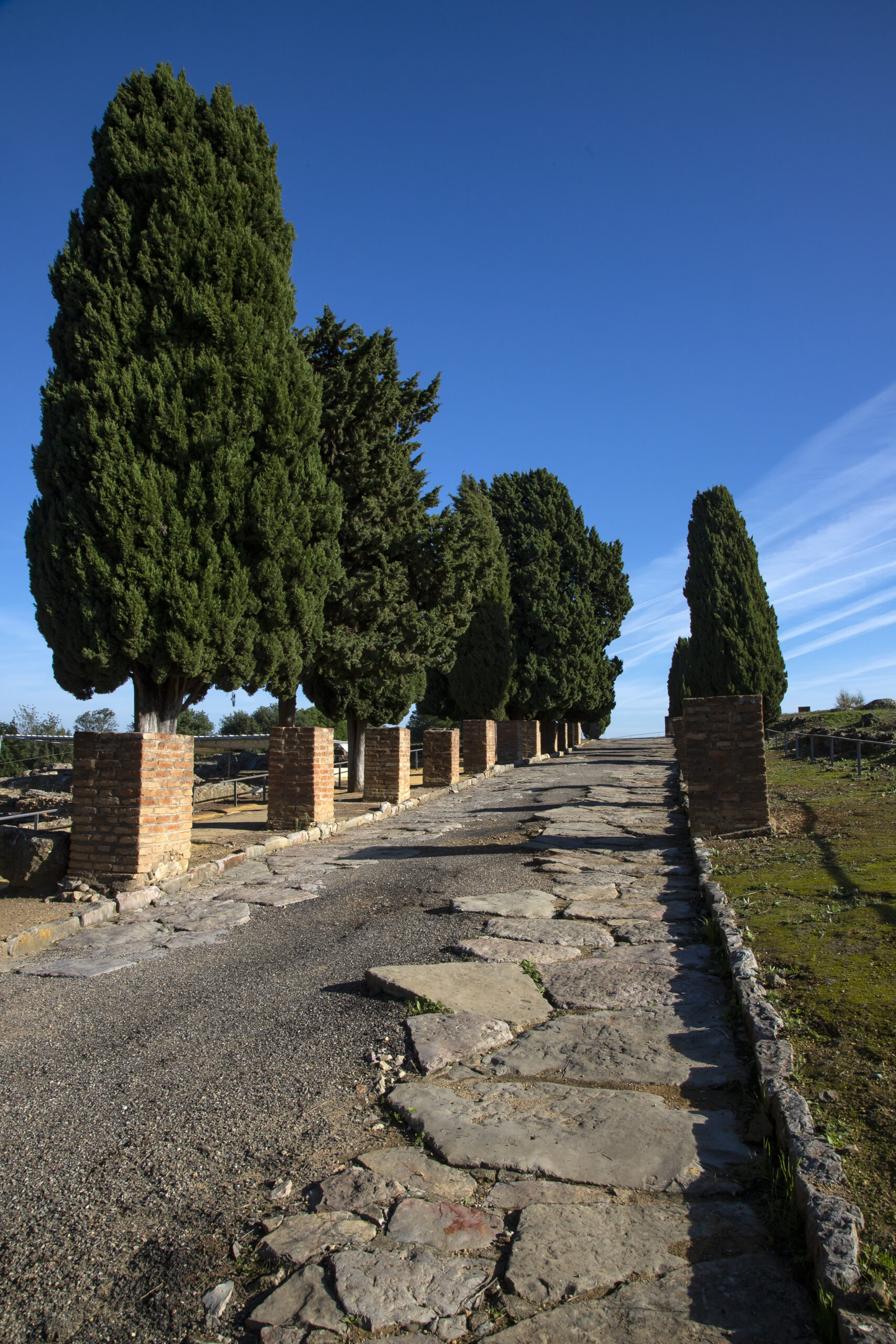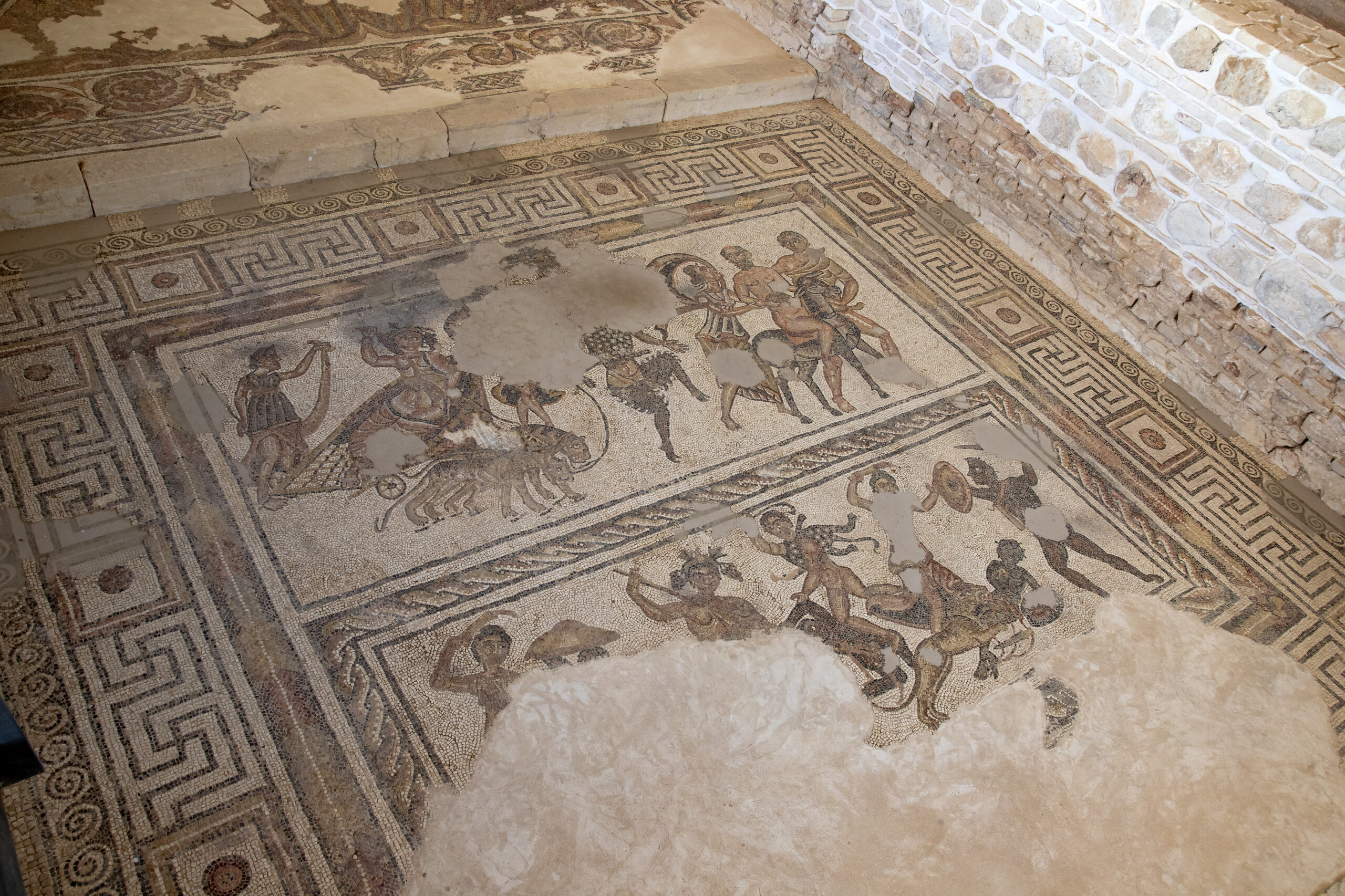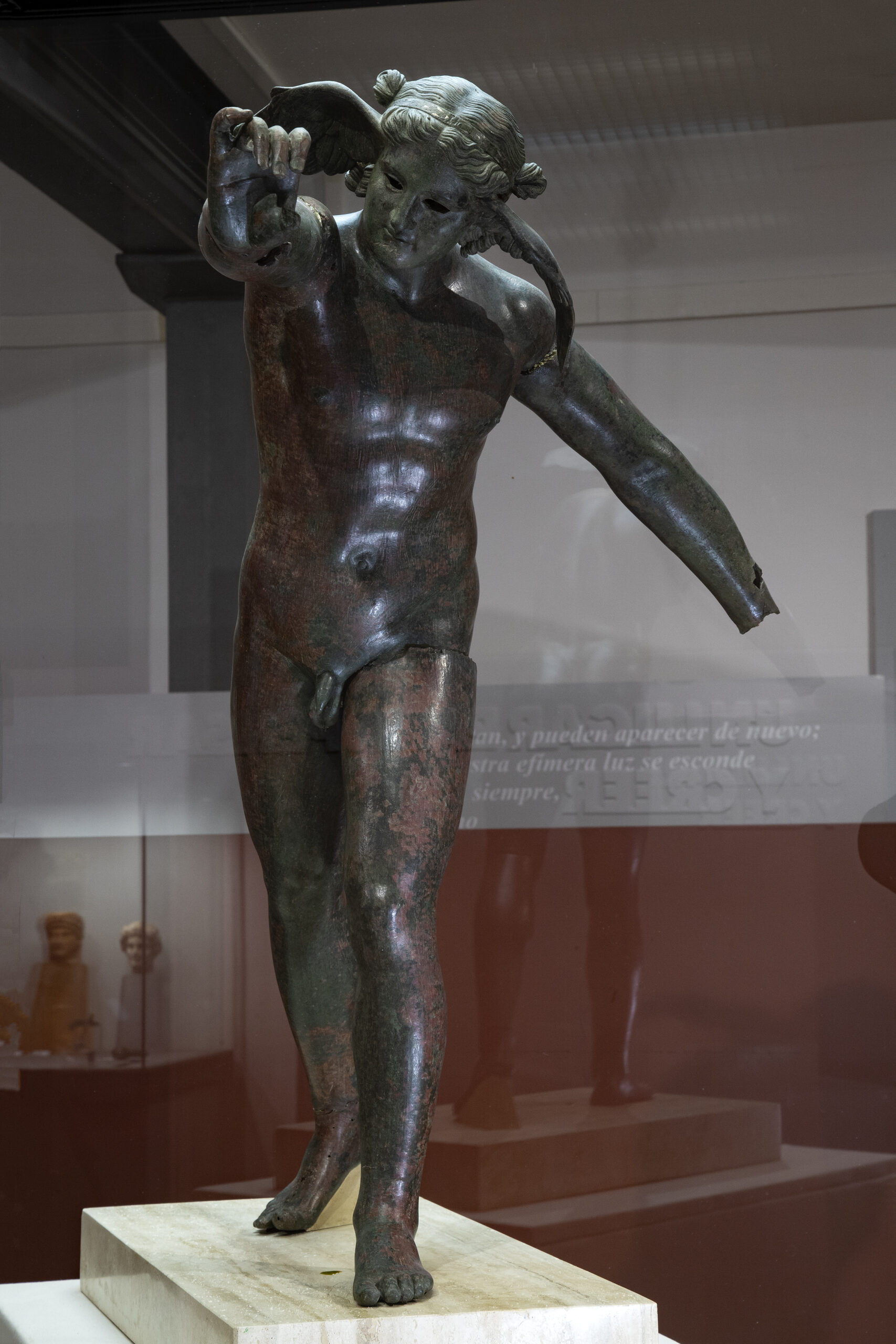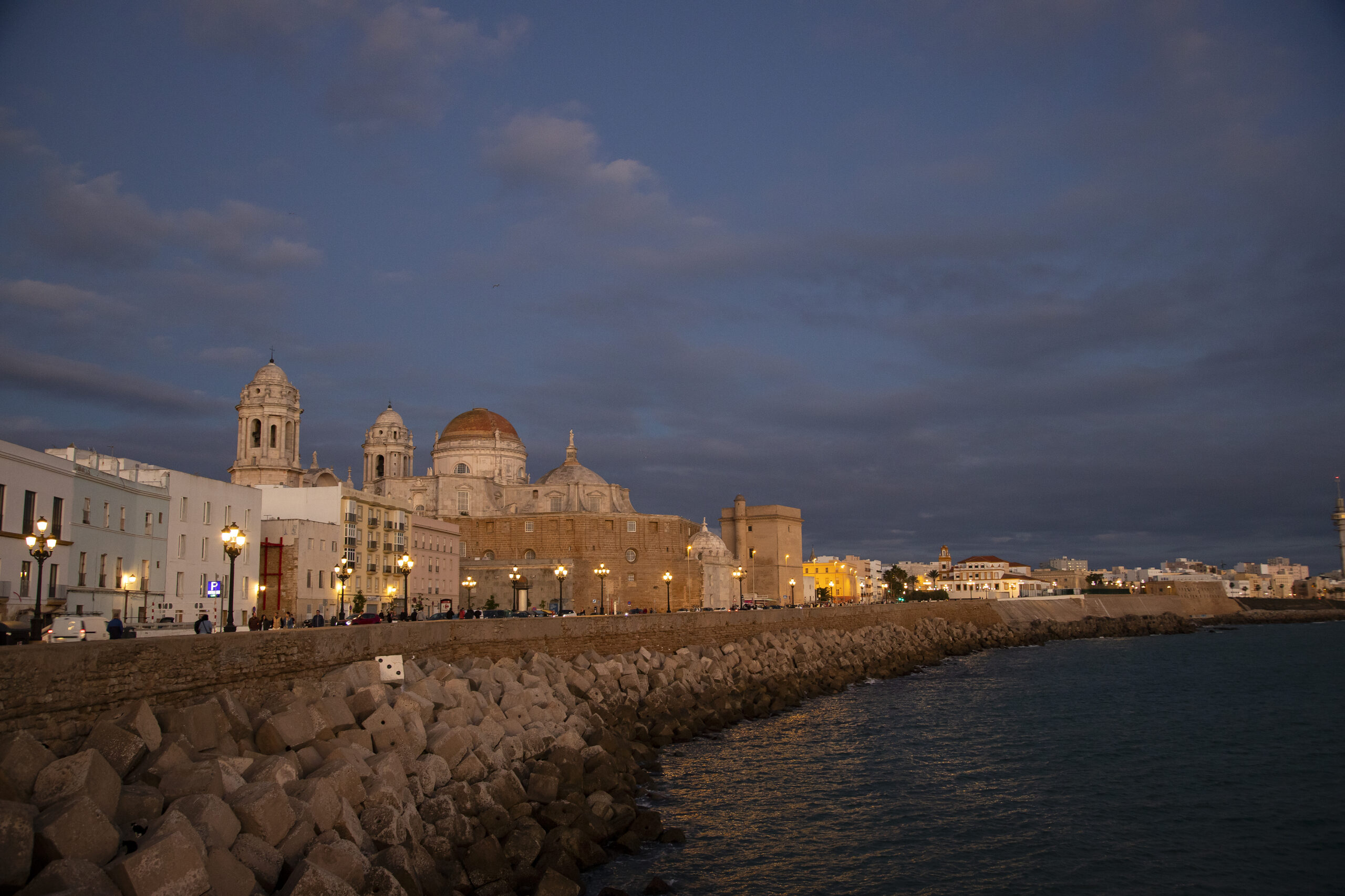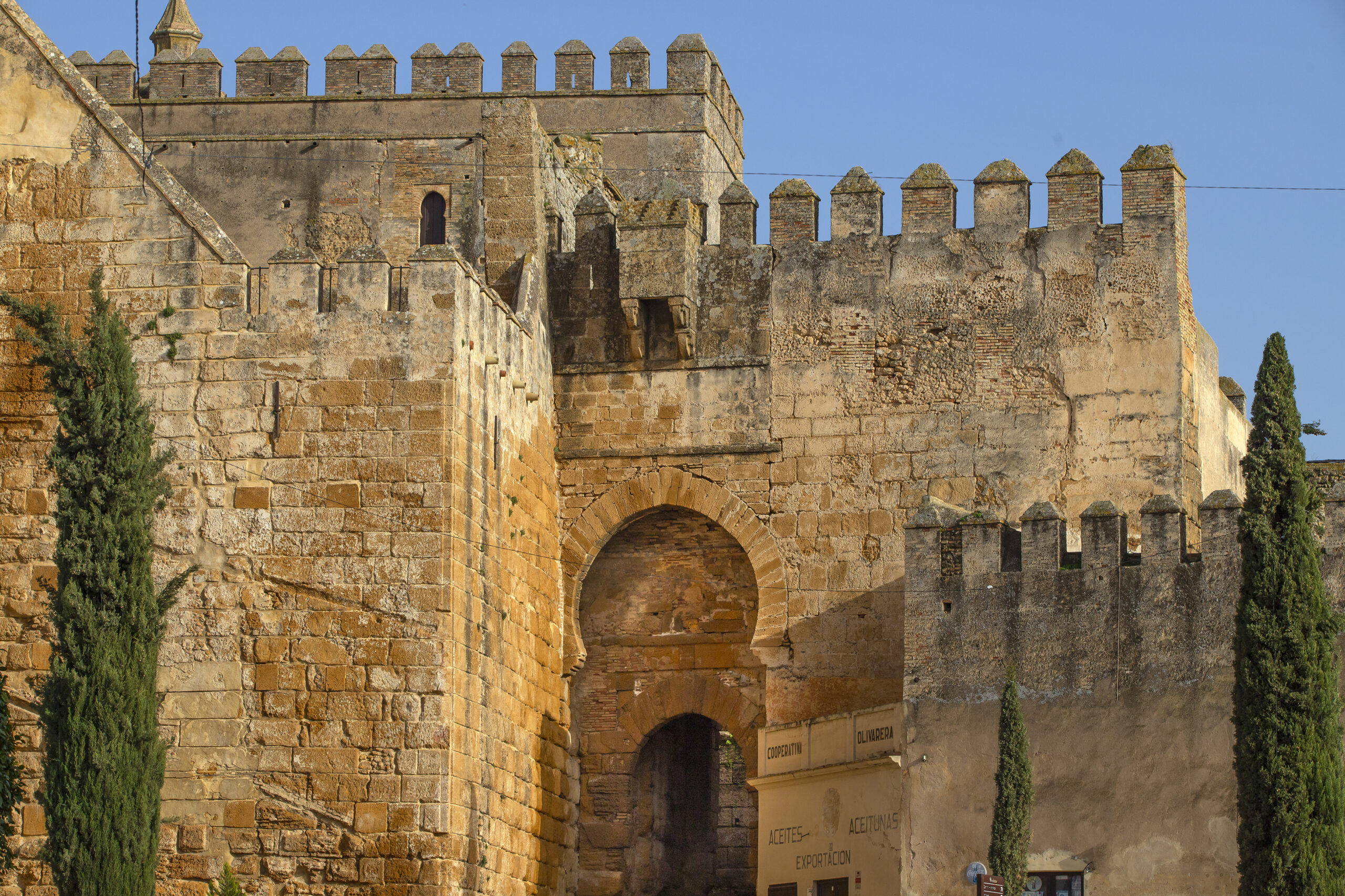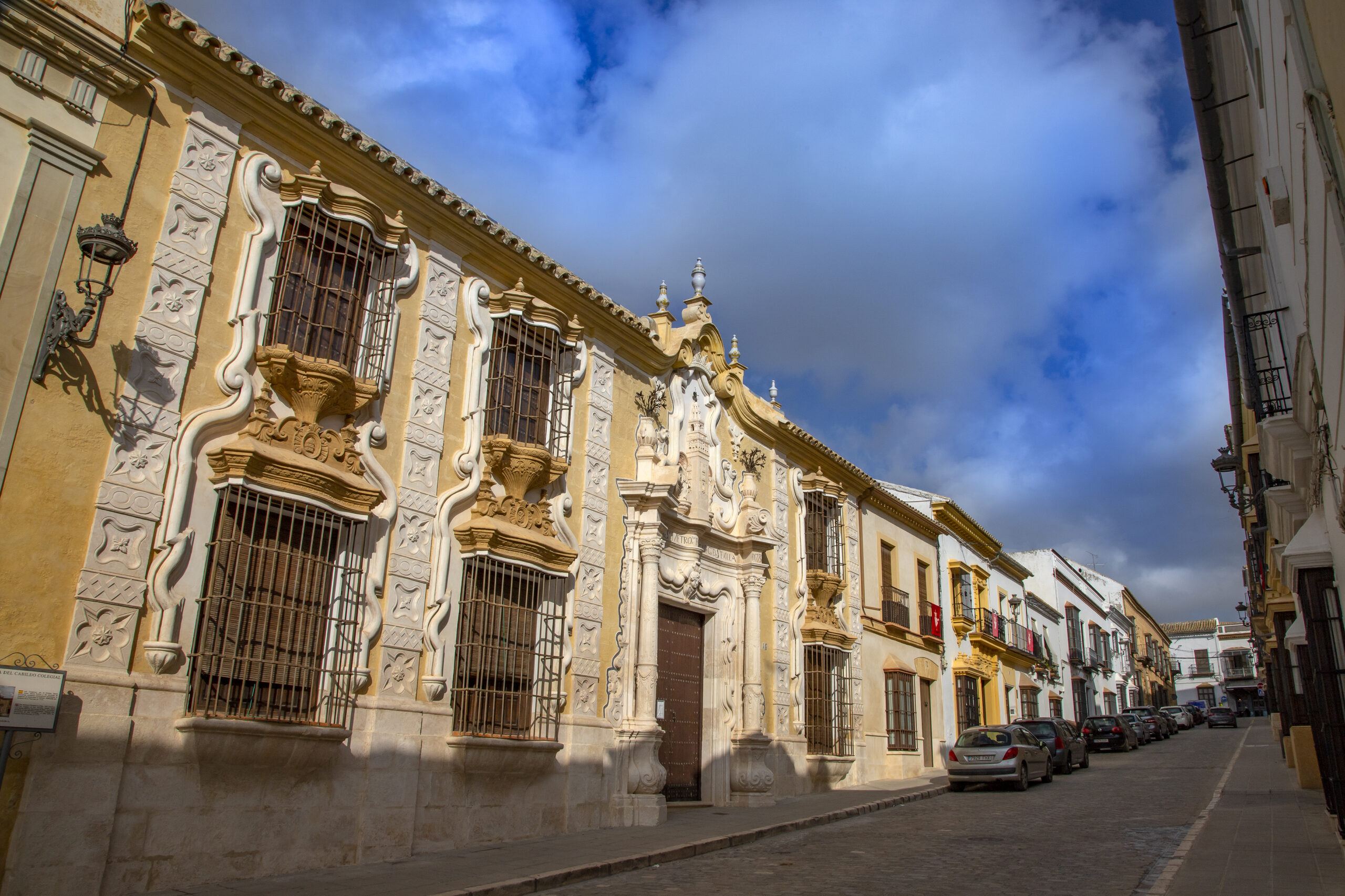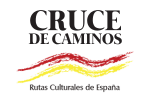The Roman Baetica Route today passes through twelve cities in the provinces of Seville, Cadiz and Cordoba. It runs through the southernmost province of Roman Hispania and covers territories through which the ancient Via Augusta passed. This route includes landscapes of great geographical and natural interest, such as the Subbética Cordobesa Natural Park, the countryside, the Bay of Cadiz Natural Park and the Guadalquivir Valley.
Along the route you can enjoy the Alcornocales Park, the Bay of Cadiz and the Subbetica Natural Park in Cordoba. As for gastronomy, along the route you can discover the rich cuisine of the Seville countryside, where spinach with chickpeas, vegetable stews, alboronías or boronias, and for dessert, gachas (porridge) are common. In Cordoba and its municipalities, don't hesitate to try the salmorejo (gazpacho) and the Montilla Moriles wine and good virgin olive oil. If you visit Cadiz, it is worth trying the shrimp omelettes, cabbage stew and noodles with mackerel.



